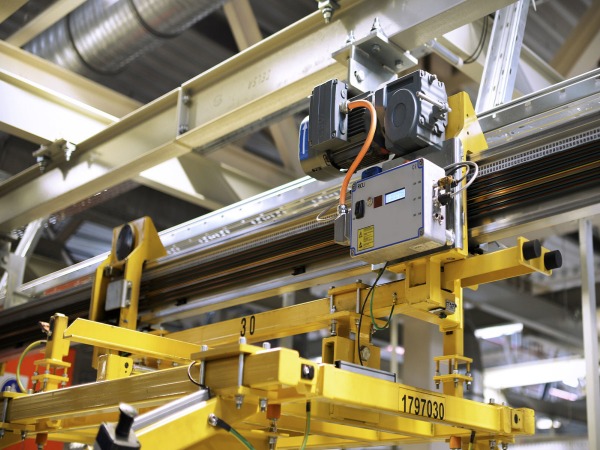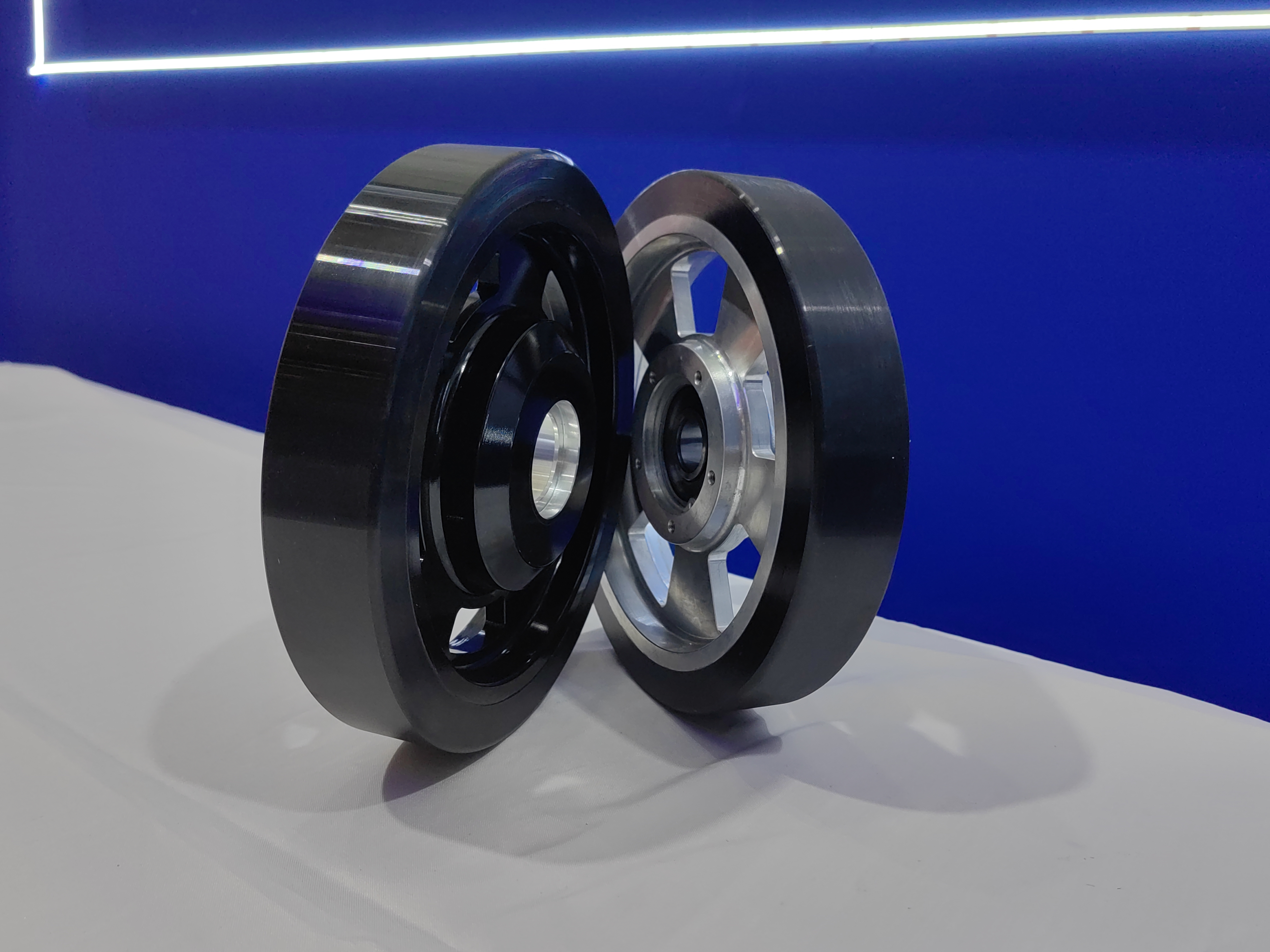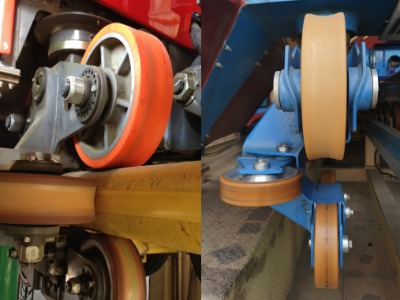In today’s fast-evolving smart logistics landscape, attention often falls on robots, AGVs, and automated storage systems, while one seemingly ordinary yet crucial component quietly carries the core mission of intelligent material handling—the EMS Wheel. As the key execution module of the Electric Monorail System (EMS), these precision-engineered wheels are redefining material transport in modern factories.

What Are EMS Wheels?
EMS wheels are specially designed assemblies for electric monorail systems. They not only provide traditional load-bearing functionality but also integrate the drive system, guidance mechanisms, braking system, and intelligent control units. Compared with conventional industrial wheels, EMS wheels are made of high-strength alloy steel with special surface heat treatment, supporting loads of over 4 tons per wheel. Their unique double-flange design and precisely machined wheel profiles ensure stability and accuracy at high speeds.

The Invisible Core Technology of Smart Logistics
1. Integrated Drive System
Modern EMS wheels feature built-in permanent magnet synchronous motors that directly drive the wheel, eliminating traditional chains or gears. This direct-drive approach improves transmission efficiency and enables precise start/stop control and speed regulation, with positioning accuracy up to ±1 mm.
2. Intelligent Safety Protection
EMS wheels are equipped with multiple safety systems, including **mechanical brakes, electronic speed limiters, and anti-collision mechanisms**. Working in tandem with track side RFID readers, the wheels automatically adjust their speed when entering different zones, implementing Safe Limited Speed (SLS) functionality.
3. Real-Time Condition Monitoring
Next-generation EMS wheels integrate temperature and vibration sensors, continuously monitoring operational status. Leveraging IoT technology, data is uploaded to a cloud platform for predictive maintenance, significantly reducing the risk of unexpected downtime.
4. Eco-Friendly and Energy-Efficient Features
With regenerative braking, kinetic energy is converted back into electricity during deceleration, saving over 30% energy compared with traditional conveyor systems. Special wheel surface materials also maintain noise levels below 65 dB, creating a better working environment.
Industry Applications and Value
In automotive manufacturing, EMS wheel systems deliver large assemblies, such as car bodies and engines, with perfect synchronization to the production rhythm. In food and pharmaceuticals, stainless-steel EMS wheels meet clean room standards, ensuring hygienic material handling. In e-commerce logistics centers, these smart wheels operate efficiently at speeds of 2 meters per second, ensuring on-time order fulfillment.
Conclusion
Although hidden above the tracks, EMS wheels are a critical component of intelligent logistics systems, carrying the vital mission of material transport in modern manufacturing. Through precision engineering and innovative technology, they ensure efficient, reliable, and safe operation—truly the unsung heroes of modern factories.
As the era of smart manufacturing continues to advance, EMS wheels will keep evolving, providing intelligent material handling solutions across industries and supporting enterprises in their digital transformation and smart upgrade initiatives.
For detailed technical support or application-specific recommendations, please contact our engineering team.





